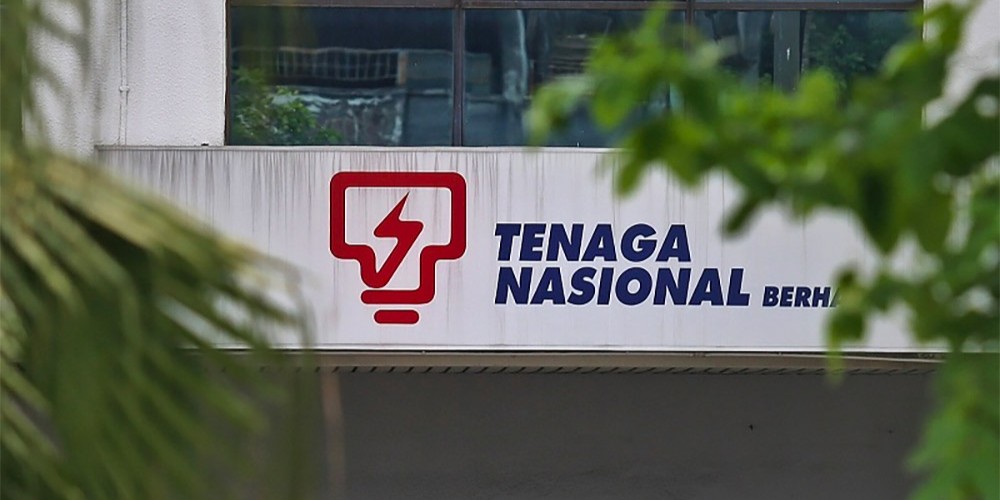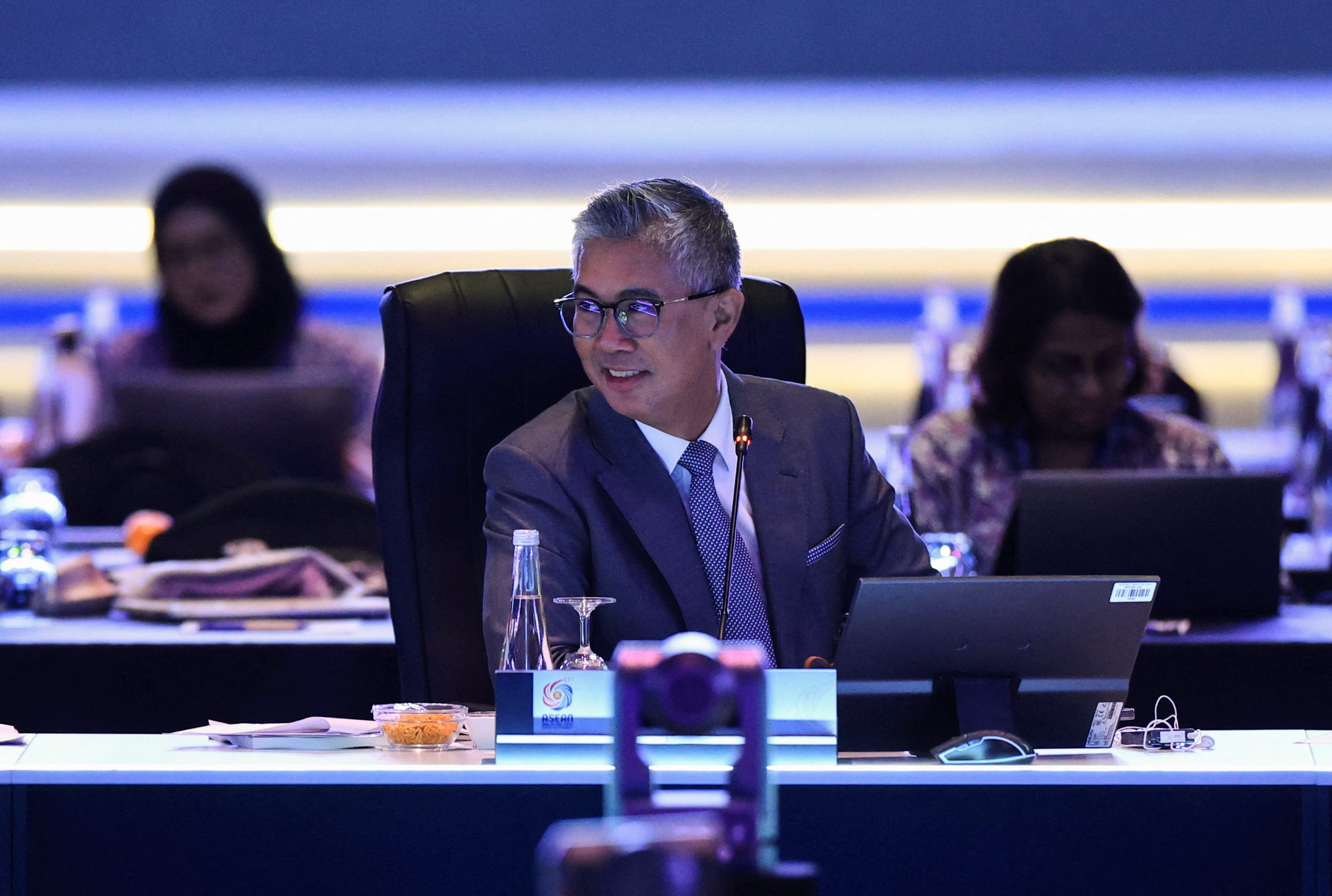The Federal Court has ruled in favour of the Inland Revenue Board (IRB), reinstating an additional tax assessment of RM1.25 billion against Tenaga Nasional Berhad (TNB) for the 2018 financial year. This follows a remission from the original RM1.812 billion tax notice initially imposed by the IRB.

In a filing with Bursa Malaysia, TNB confirmed the Federal Court’s decision to allow the IRB’s appeal against earlier rulings by the High Court and Court of Appeal. Both lower courts had previously sided with TNB’s judicial review, which sought to annul the tax notice.
TNB is currently evaluating the full financial implications of the ruling. According to the Federal Court, TNB, as a utility company, falls under Schedule 7B of the Income Tax Act 1967, which concerns the Investment Allowance, rather than Schedule 7A, which pertains to Reinvestment Allowance (RA). In light of this clarification, TNB will now proceed to claim the Investment Allowance under Schedule 7B.
The utility giant acknowledged that the ruling may exert a negative impact on earnings and net assets for the financial year ending 31 December 2025. However, operational performance is expected to remain unaffected.
The dispute dates back to 3 July 2020, when the IRB informed TNB via formal correspondence that the RA claimed for 2018 had been disallowed. A notice of additional assessment amounting to RM1.812 billion was issued shortly thereafter, on 7 July 2020. TNB subsequently filed for judicial review to contest the imposition, which resulted in a reduction of the assessment to RM1.25 billion.
In a separate development, the newly restructured electricity tariff, effective from this month, is anticipated to strengthen sectoral stability and support long-term reform. Analysts have noted that the revised framework promotes a more balanced cost distribution across consumer segments, which is expected to provide sustainable funding for infrastructure maintenance and future capacity expansion.
CIMB Research, following a detailed briefing by TNB, reaffirmed that the Incentive-Based Regulation (IBR) mechanism continues to ensure that TNB achieves the regulatory rate of return of 7.3% on its regulated asset base (RAB), irrespective of tariff adjustments.
During Regulatory Period 4 (RP4), the RAB is projected to expand, supported by a 12% increase in base capital expenditure to RM26.6 billion, alongside contingent capex of RM16.3 billion.
Hong Leong Investment Bank (HLIB) Research highlighted that the revised tariff structure introduces more granular billing and a fairer allocation of fixed costs. The adjustments, including increased emphasis on demand charges and reduced energy charges, aim to address previous cost recovery shortfalls. A new five-part bill structure is also being introduced to enhance transparency.
Crucially, the Automatic Fuel Adjustment (AFA) mechanism has replaced the Imbalance Cost Pass-Through (ICPT), launching at a neutral rate of zero this month. CIMB Research noted that going forward, deviations in fuel costs from RP4 projections will be charged at uniform rates across all non-exempted residential and commercial users. Households consuming 600 kilowatt-hours or less remain exempt.
HLIB Research indicated that the AFA is expected to improve cash flow predictability for TNB, enabling more accurate and timely cost recovery. MIDF Research echoed the sentiment, stating that the AFA’s dynamic structure helps mitigate volatility in fuel costs, thereby reinforcing financial stability.
Electricity demand is forecast to rise by between 3.5% and 4.5% this year, with peak demand reaching an all-time high of 20.75GW in May.
The impact on consumer billing will vary. Residential users may experience flat or reduced bills, potentially by as much as 15%, especially if they shift consumption to off-peak periods under the Time-of-Use tariff model. CIMB Research also projected that approximately 71% of medium-voltage customers could benefit from reductions of up to 16%.
However, data centres are set to face increased electricity costs due to a reclassification under the new ultra-high voltage category. CIMB Research estimated a 10% to 15% hike in their electricity bills, driven by peak and off-peak charges that are 24% to 26% higher than the new high-voltage tariffs.
-The Star






